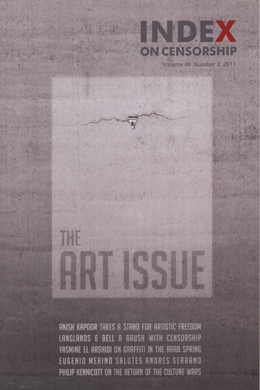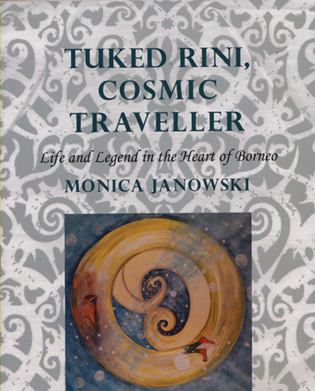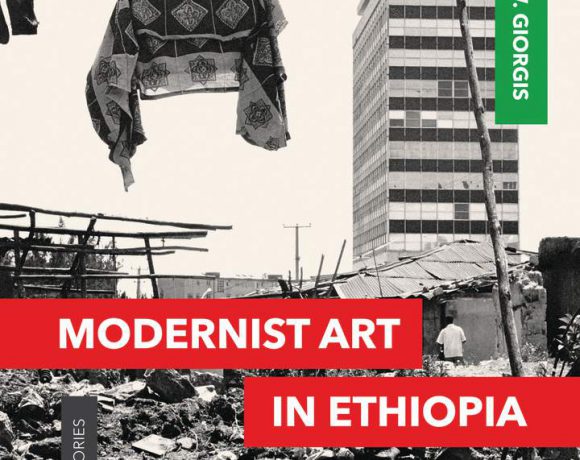Robert J. Gordon
Picturing Bushmen. The Denver African Expedition of 1925
OHIO UNIVERSITY PRESS, 1997
https://www.ohioswallow.com/book/Picturing+Bushmen
The Denver Expedition played a key role in romanticizing bushmen. Indeed, its image of bushmen has permeated Western mass culture. Before the expedition, bushmen commonly had been presented as impoverished savages. In its wake, the bushmen of South Africa have inspired commercial advertisements, art exhibitions, and novels. Bushmen are frequently the archetypal “other” to Western intellectual and popular thought. Explaining the impact of the expedition involves, in part, considering the culture of visualization that gave the expedition direction and in turn was influenced by it.
Although Rob Gordon is an anthropologist, this study ranges into questions of film theory, history, and popular culture. It offers a perspective on coffee-table books, ethnology, and the nature of research on those labeled “others.” While suggesting how “ethnographic photographs” might be appreciated, Picturing Bushmen is also a subtle analysis of the perennial issues that haunt field workers—especially what and how they “see” and how their perception is influenced by the mundane in their own societies.




